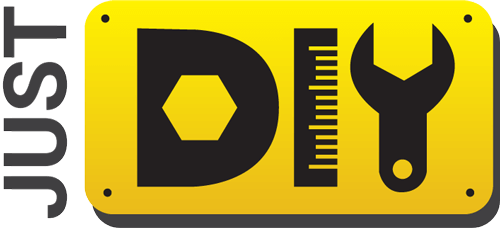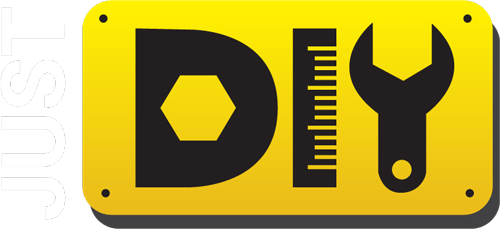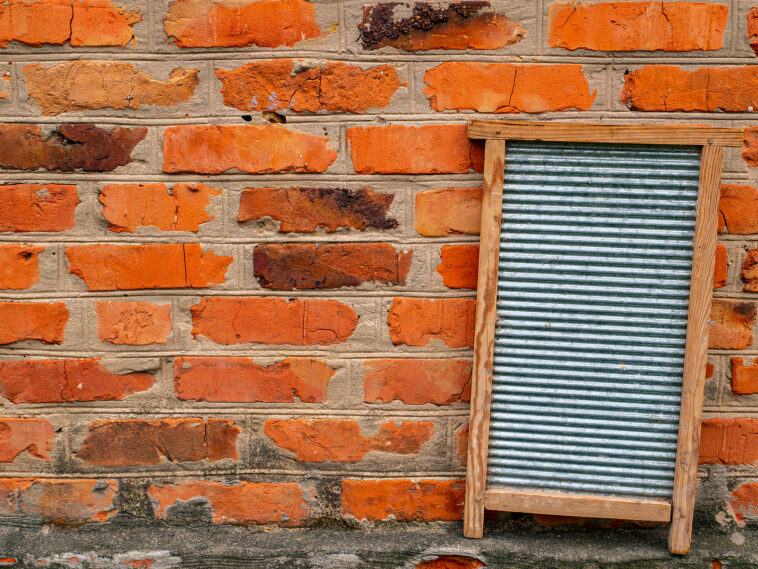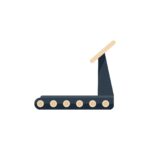As someone who loves delving into the world of DIY crafts and musical instruments, I've come to appreciate the humble washboard for its unique and versatile nature.
Originally meant for the mundane task of scrubbing clothes, this unassuming household item has experienced a remarkable transformation, finding a second life as a rhythmic and percussive instrument in various musical genres.
Whether you're like me, looking to infuse a touch of nostalgia into your laundry routine or seeking to add a distinctive element to your musical ensemble, crafting your very own washboard can be an incredibly rewarding and creative endeavor.
Join me in this comprehensive guide as we explore the historical significance of the washboard and unlock its musical potential by walking through the steps to create your very own DIY washboard.
The History of the Washboard
Origins and Evolution
The washboard, known by various names such as scrub board or rubbing board, boasts a rich history that traces its roots back to the early 19th century. Emerging in an era before the widespread availability of modern washing machines, the washboard was ingeniously crafted to aid in the laborious task of cleaning clothes.
These early washboards featured a straightforward design, consisting of a wooden frame and a surface made from materials like glass or metal, providing the necessary abrasive texture for scrubbing.
Role in American Folk Music
In the United States, the washboard took on a remarkable dual role as not just a laundry tool but also a musical instrument. This transformation occurred primarily during the early 20th century, when innovative musicians harnessed its percussive potential.
By scraping thimbles, spoons, or metal bottle caps across its corrugated surface, they conjured up distinctive rhythms that became an integral part of American roots music. This unconventional use of the washboard left an indelible mark on various musical genres, including jug band and zydeco, enriching the tapestry of American music history.
Global Variations
While the washboard's musical role is most notably celebrated in American folk music, the concept of a washboard-like instrument transcends geographical boundaries and has found its place in diverse cultures around the world. In Latin American music, for instance, the “guiro” serves a similar rhythmic purpose, demonstrating the instrument's adaptability and universality.
In the realm of Cajun and Zydeco music, the “frottoir” takes center stage, further exemplifying the washboard's enduring appeal as a source of distinctive musical texture. These global variations highlight how the washboard's legacy extends far beyond its humble origins, resonating with musicians and cultures across continents.
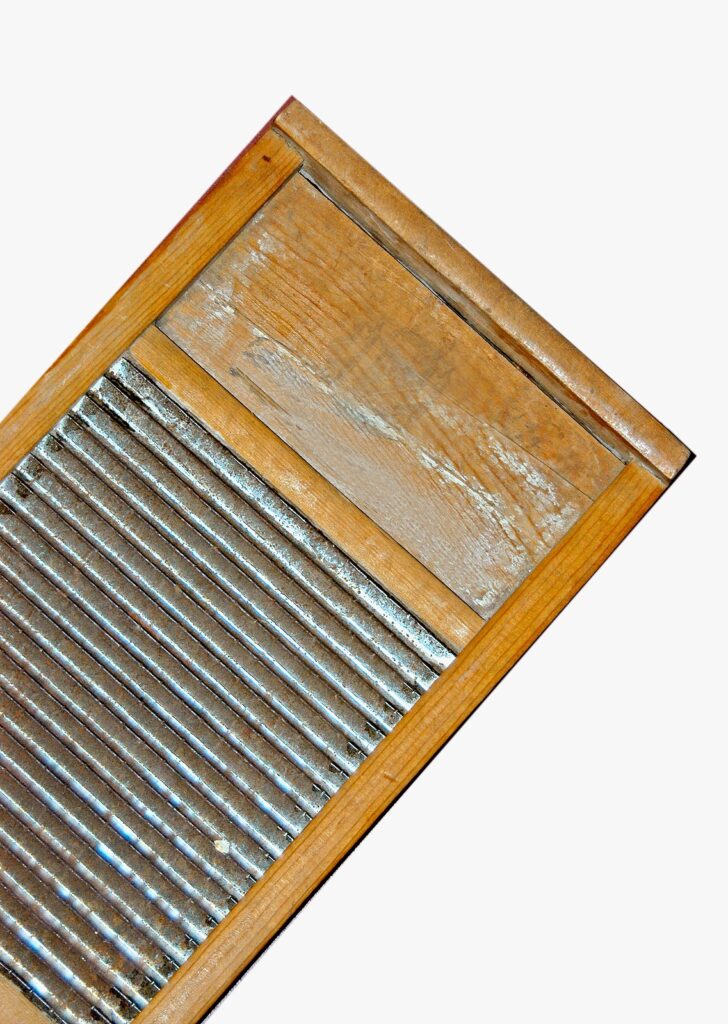
Materials and Tools
Before you dive into your DIY washboard project, it's essential to gather the right materials and tools to ensure a successful and enjoyable crafting experience. Whether you're aiming for a vintage aesthetic or a more contemporary look, choosing the appropriate washboard and assembling the necessary items is key.
Selecting the Right Washboard
The centerpiece of your DIY washboard is, of course, the washboard itself. You have a choice between vintage or new washboards, each with its own unique appeal. Vintage washboards are often favored for their authentic charm, while new washboards offer a fresh and clean start. Whichever you choose, make sure the washboard is sturdy and has corrugations that produce a resonant sound when played, as this is crucial for achieving the desired musical effect.
Additional Materials
In addition to the washboard, gather the following materials to complete your project:
- Thimbles or metal bottle caps: These will be attached to your fingers and used to create the signature “tapping” sound on the washboard's surface.
- Screws and nuts: Necessary for attaching the thimbles or bottle caps securely to the washboard.
- Wooden dowel or handle: This serves as the handle for your washboard, allowing you to hold it comfortably while playing.
- Sandpaper: To smooth any rough edges, ensuring your washboard is safe to handle and play.
- Paints and brushes: If you want to add a personal touch and decorate your washboard, having paints and brushes on hand will come in handy.
Necessary Tools
To assist you in constructing your DIY washboard, gather the following tools:
- Screwdriver: To fasten the screws and nuts securely to the washboard.
- Drill and drill bits: Necessary for creating holes in the washboard for attaching thimbles or bottle caps.
- Pliers: Helpful for bending and shaping metal thimbles or caps to achieve the desired sound.
- Saw (for cutting the handle): If your wooden dowel or handle needs trimming to the appropriate length, a saw will be indispensable.
- Clamps (optional but helpful): Clamps can assist in holding parts together while you work, making the assembly process smoother.
Building Your DIY Washboard
Preparing the Washboard Surface for Optimal Performance
When embarking on the journey of creating your own DIY washboard, the initial step is to carefully prepare the washboard's corrugated surface. This involves a thorough sanding process aimed at eliminating any rough edges or splinters. This step is not only essential for ensuring that your washboard is comfortable to play but also crucial if you intend to use it for laundry purposes, as it will prevent any damage to your clothing.
Enhancing Sound Qualities with Custom Attachments
To take your DIY washboard to the next level in terms of musicality, consider adding sound-enhancing elements. One effective method is to affix thimbles or metal bottle caps to your fingers. These makeshift “tines” will produce distinct sounds when they strike the washboard's surface, elevating the overall musical experience. To secure them in place, utilize screws and nuts, ensuring they are evenly spaced and securely tightened.
Adding a Convenient Handle for Ease of Use
If your washboard lacks a handle, don't worry; you can easily remedy this. Begin by cutting a wooden dowel to your desired length, and then drill holes in both ends. With these holes in place, attach the handle to the top edge of the washboard using screws. This addition not only provides a comfortable grip for playing but also enhances the overall usability of your DIY washboard.
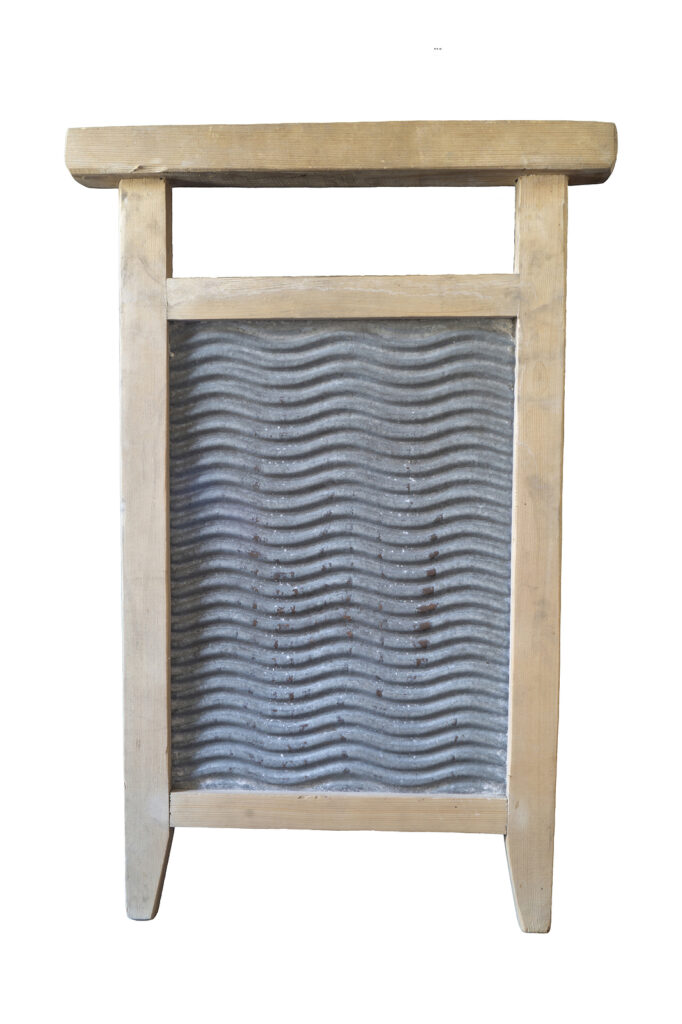
Decorating Your Washboard
When it comes to giving your washboard a unique and personalized touch, the possibilities are endless. The process of adding your personal flair to this essential laundry tool is not only enjoyable but also allows you to express your creativity. Here are some ideas to help you elevate the appearance of your washboard:
Painting and Customization
Painting the wooden frame is a fantastic way to start the transformation. You have the freedom to choose any color or design that resonates with your taste and style. Whether you prefer vibrant hues or muted tones, the choice is yours. If you're aiming for a timeless and classic look, consider these two popular styles:
Vintage Style
To achieve a vintage aesthetic, you can distress the wooden frame. Lightly sanding the painted surface or using techniques like “crackling” can mimic the appearance of aged paint, giving your washboard a nostalgic charm. Embrace the rustic elegance of yesteryears with this approach.
Rustic Style
The rustic style complements the washboard's utilitarian origins. Incorporate earthy colors, weathered textures, and natural elements into your design. Think about using wood stains that accentuate the wood grain and lend an authentic rustic vibe to your washboard.
Personal Touches
Your washboard is not just a canvas; it's an opportunity to tell your story. Consider adding personal touches that resonate with you, such as:
- Your Name: A simple addition of your name can give your washboard a sense of ownership.
- Meaningful Quotes: Choose a quote that holds sentimental value or inspires you. It can be a reminder of positivity and motivation.
- Musical Notes: If you have a passion for music, incorporate musical notes or symbols onto the frame. It's a great way to express your interests and hobbies.
Intricate Designs
For those with a knack for detail, stencils can be used to create intricate patterns or designs that harken back to bygone eras. Whether it's floral motifs, geometric shapes, or other decorative elements, stencils can add a touch of sophistication to your washboard.
Using Your DIY Washboard
Your DIY washboard is not only a fun project to create, but it also offers versatility in its use, both as a musical instrument and a practical tool. Here's how you can make the most of your handmade washboard:
As a Musical Instrument
Once your DIY washboard is complete, it transforms into a unique musical instrument that can add a distinctive touch to your music ensemble. To play, follow these steps:
- Prepare Your Thimbles or Metal Caps: Don your thimbles or metal caps on your fingers. These will act as your “instrument” as you create rhythms on the washboard's corrugated surface.
- Experiment with Techniques: Explore various techniques and rhythms by scraping the thimbles or caps rhythmically across the corrugated surface. The corrugations produce distinct sounds, allowing you to create a range of unique and engaging tones.
- Complement Your Ensemble: Whether you're part of a band, jamming with friends, or simply enjoying a solo performance, your washboard can complement various musical styles and genres. Its percussive sound can add depth and character to your music.
- Get Creative: Feel free to experiment and get creative with your washboard playing. Try different combinations of thimble placements, varying pressure, and tempo to craft your signature sound.
In Laundry and Cleaning
If you're interested in exploring the washboard's original purpose, you can incorporate it into your laundry and cleaning routine. Here's how:
- Eco-Friendly Cleaning: While modern washing machines have made laundry convenient, using your washboard can be an eco-friendly alternative for cleaning small items like delicate clothing or heavily soiled garments. This manual approach can reduce water and energy consumption.
- Hand Wash Delicates: Your washboard is ideal for gently hand-washing delicate fabrics that require special care. The textured surface allows you to scrub away stains and dirt effectively while preserving the integrity of the clothing.
- Stain Removal: For stubborn stains, your washboard can be a valuable tool. Use it to target specific areas, applying varying levels of pressure to effectively remove stains before washing the item as usual.
- Outdoor Cleaning: Your washboard can also be used for outdoor cleaning tasks, such as scrubbing gardening tools, shoes, or even muddy pet paws. Its textured surface provides excellent scrubbing power.
Maintenance and Care
Your washboard is a versatile tool that requires regular maintenance to ensure its longevity and performance. In addition to keeping it clean, there are specific steps you can take to address rust issues and maintain it as a musical instrument.
Cleaning and Preservation
To maintain both the appearance and functionality of your washboard, it's essential to clean it regularly. Start by removing any dirt, dust, or residue from the corrugated surface using a soft brush or cloth. This will help prevent the accumulation of grime that can affect its performance. Additionally, consider applying a wood conditioner to the frame to keep it in excellent condition, preserving its structural integrity.
Handling Rust Issues
Over time, the metal surface of your washboard may develop rust spots. It's crucial to address this issue promptly to prevent further corrosion. To tackle rust, use fine-grit sandpaper to gently remove the affected areas. Afterward, apply a rust-resistant coating to create a protective barrier against future rusting. This step is essential for maintaining the metal components' durability and preventing any negative impact on sound quality if you use your washboard for music.
Musical Instrument Maintenance
If you utilize your washboard as a musical instrument, it's important to perform additional maintenance checks. Periodically inspect the tightness of the thimbles or metal caps that are attached to your washboard. Over time, they may become loose or damaged, affecting the consistency of the sound they produce. Replace any thimbles or caps that show signs of wear to ensure that your washboard continues to deliver a high-quality musical performance.
FAQs (Frequently Asked Questions)
Q1: What is a washboard, and how does it work as a musical instrument?
A1: A washboard is a corrugated surface typically mounted on a wooden frame. When used as a musical instrument, it produces sound by scraping thimbles or metal bottle caps attached to the player's fingers across its corrugated surface. Different rhythms and tones are created by varying the pressure and technique used.
Q2: Can I use any washboard for this DIY project?
A2: While you can use both vintage and new washboards, it's essential to select a sturdy one with corrugations that produce a resonant sound. Vintage washboards are often preferred for their authenticity, but newer ones can also work well if chosen carefully.
Q3: Is this project suitable for beginners with no DIY experience?
A3: Yes, crafting your own washboard can be a beginner-friendly project. The steps are relatively straightforward, and with patience and attention to detail, even those without prior DIY experience can create a functional and decorative washboard.
Q4: What tools and materials do I need to build a DIY washboard?
A4: You'll need a washboard, thimbles or metal bottle caps, screws, nuts, a wooden dowel or handle, sandpaper, and paints and brushes (if you plan to decorate it). Tools required include a screwdriver, drill and drill bits, pliers, a saw (for the handle), and clamps (optional but helpful).
Q5: Can I use my DIY washboard for laundry, or is it just a musical instrument?
A5: You can use your DIY washboard for both laundry and music. It can be a functional laundry tool for small items or heavily soiled clothes. Additionally, it makes a unique and authentic percussive instrument for music enthusiasts.
Q6: How do I maintain and care for my DIY washboard?
A6: To maintain your washboard, regularly clean the corrugated surface with a soft brush or cloth, and apply a wood conditioner to the frame. If rust develops on the metal surface, gently remove it with fine-grit sandpaper and apply a rust-resistant coating. Check the tightness of thimbles or metal caps if you use it as a musical instrument and replace any that are loose or damaged.
Q7: Can I customize the appearance of my DIY washboard?
A7: Absolutely! Customization is a fun part of the project. You can paint the frame in your choice of colors and styles, distress it for a vintage look, and add personal touches like designs, quotes, or musical notes to make it uniquely yours.
Q8: Where can I find vintage washboards or the materials needed for this project?
A8: Vintage washboards can be found in antique shops, flea markets, or online marketplaces. For materials like thimbles, screws, and nuts, you can visit hardware stores. Craft stores are excellent sources for paints, brushes, and wooden dowels.
Q9: Can children or beginners play the washboard as a musical instrument?
A9: Yes, the washboard can be a great instrument for beginners and children. Its simplicity and unique sound make it accessible to people of all skill levels. With practice and creativity, players of all ages can enjoy making music with a washboard.
Q10: What musical genres can I explore with my DIY washboard?
A10: The washboard is versatile and can be used in various musical genres, including blues, folk, jug band, zydeco, and more. It's often used to add a distinctive rhythm and percussive element to these styles, making it a valuable addition to many musical ensembles.
Conclusion
In my journey through the realms of DIY crafts and music, the humble washboard has emerged as a remarkable fusion of creativity and functionality. From its origins as a laundry tool to its rebirth as a unique musical instrument, the washboard's transformation embodies the beauty of human ingenuity. Crafting my DIY washboard allowed me to infuse a personal touch into an everyday object, making it a reflection of my style and personality.
This versatile creation serves as a reminder that even the simplest of objects can be elevated into something extraordinary with a dash of imagination. Whether adding a rhythmic flair to my music or embracing eco-friendly laundry routines, my DIY washboard has become a cherished companion in both my creative and everyday endeavors. It's a testament to the power of reinvention and a source of inspiration to continue exploring the boundless potential of everyday items in the world of DIY.
